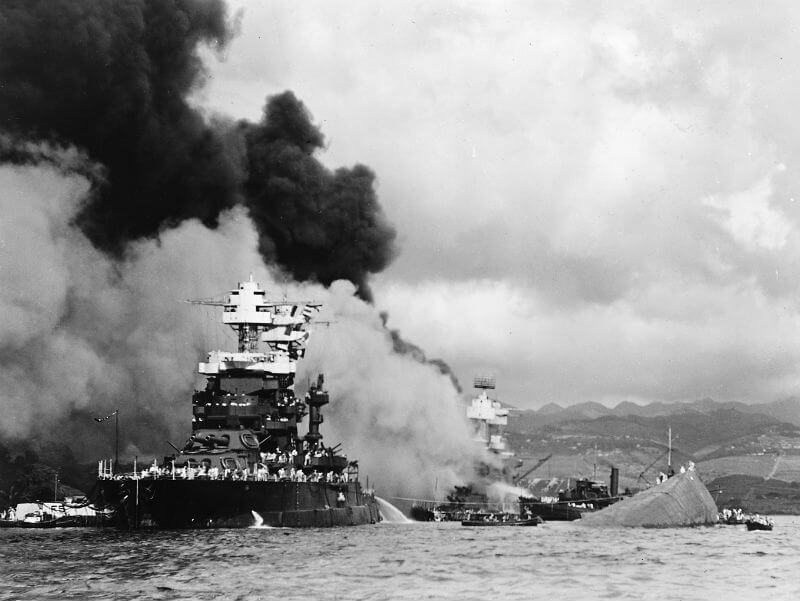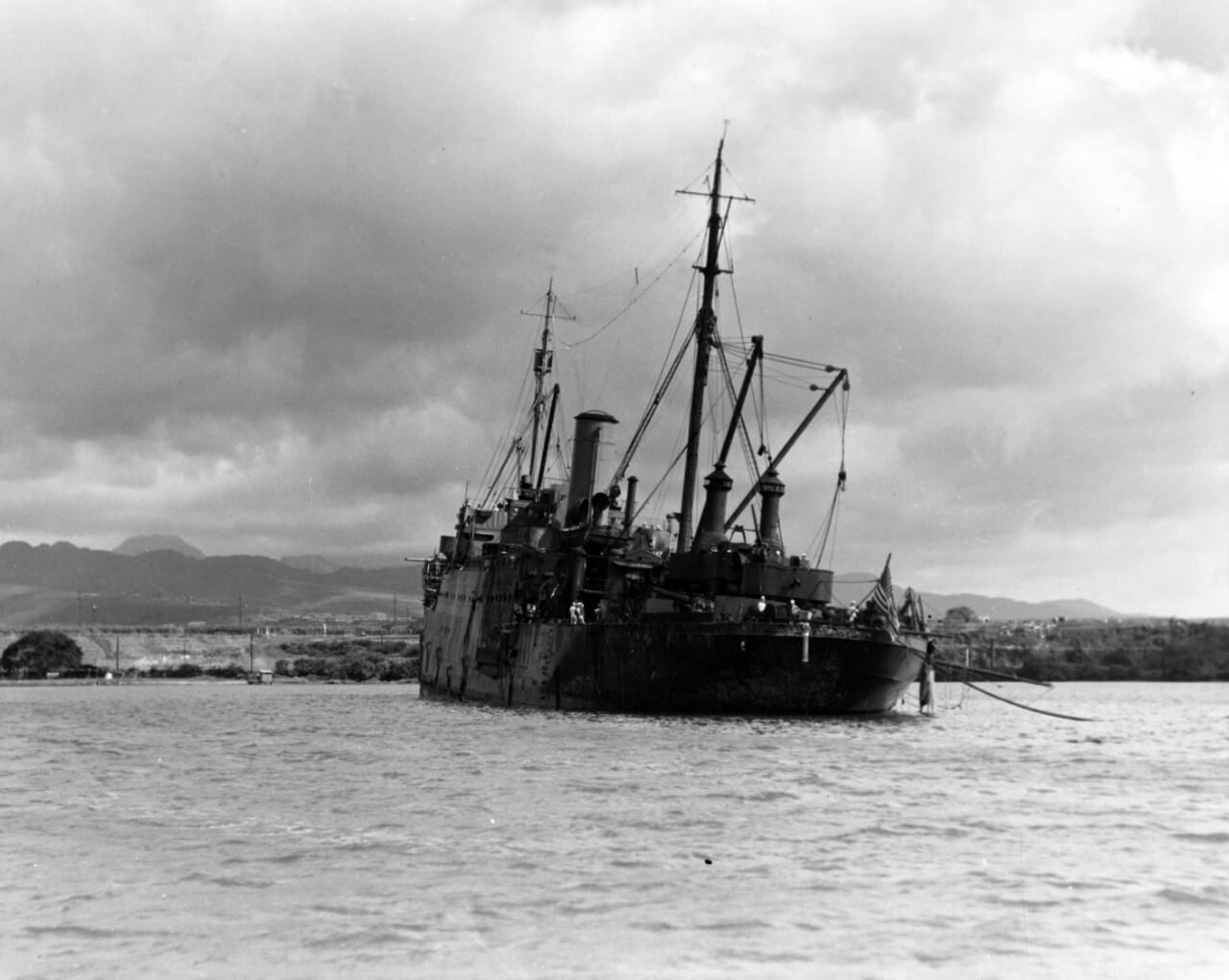Pearl Harbor Ships Returned to Service
In the wake of the December 7, 1941 attack on Pearl Harbor, more than 2,400 American lives were lost and the US Navy suffered a terrible blow to its Pacific Fleet. Nineteen vessels suffered damage, nearly half of which were sunk or partially sunk. While USS Arizona (BB-39), USS Oklahoma (BB-37), and USS Utah (AG-16) were all ships damaged in the Pearl Harbor attack beyond repair, the remainder of the fleet were eventually returned to service, even those that suffered extensive damage. Ships like USS Sotoyomo (YTM-9), USS Pennsylvania (BB-38), and USS Honolulu (CL-48) were only lightly damaged and returned to service shortly after the attack, but others took significantly longer.
The following are the Pearl Harbor ships returned to service during the course of the war.
Pearl Harbor Damaged Ships
USS California (BB-44)
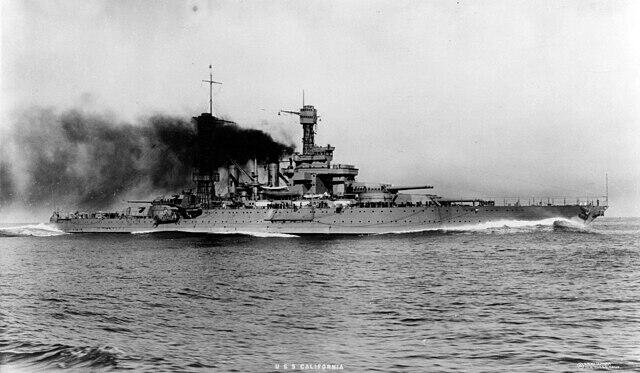
Type: Battleship
Returned to Service: January 1944
Damage Sustained: Impacts from two bombs and two torpedoes caused massive breaches in her hull. After three days of attempting to keep her afloat, she sank.
Extent of Repairs: Refloated on March 25, 1942, she was dry-docked at Pearl Harbor for major reconstruction at Puget Sound Navy Yard. She received heavier armor, a new antiaircraft battery, improved stability, and an updated fire control system.
USS Cassin (DD-372)
Type: Destroyer
Returned to Service: February 1944
Damage Sustained: Considered lost with her hull damaged beyond repair, she was decommissioned on December 7, 1941. A 250 Kg bomb landed between her and USS Downes (DD-375), causing massive fires aboard both vessels.
Extent of Repairs: Considered one of the ships damaged in the Pearl Harbor attack beyond repair, machinery and equipment from the ship were salvaged and shipped to Mare Island Navy Yard. where a new ship was built using the salvaged material. This new vessel was given Cassin’s name and hull number.
USS Curtiss (AV-4)
Type: Seaplane Tender
Returned to Service: January 1942
Damage Sustained: Damaged by the impact of a Japanese plane downed by her crew, and then by a bomb that exploded below deck. Her hangar, main decks, and No. 4 handling room caught fire.
Extent of Repairs: She received a 20-mm anti-aircraft cannon to replace the downed No. 1 crane. Fire damage was cleared out and Curtis’ repairs were completed in just four days.
USS Downes (DD-375)
Type: Destroyer
Returned to Service: November 1943
Damage Sustained: Drydocked next to USS Cassin, a 250 Kg bomb dropped between the two destroyers. Oil from a ruptured fuel tank caused fires to spread across the ship. Ammo and torpedo heads began to explode, forcing her crew to abandon ship. Her hull was damaged beyond repair, but machinery was salvaged and she was decommissioned on June 20, 1942.
Extent of Repairs: Like Cassin, Downes was rebuilt from the keel up. Salvaged parts were used and the new vessel was given the destroyer’s name and hull number.
USS Helena (CL-50)
Type: Light Cruiser
Returned to Service: June 1942
Damage Sustained: Believed to have been mistaken by the attackers for USS Pennsylvania, which was normally berthed in the slip Helena occupied that morning, she sustained a torpedo strike on the starboard side. Flooding caused a 5-degree list and flash fires filled her with deadly smoke.
Extent of Repairs: Helena underwent repairs for stress fractures to the engineering piping and damage to her hull and shaft.
USS Maryland (BB-46)
Type: Battleship
Returned to Service: February 1942
Damage Sustained: Two armor-piercing bombs struck, detonating on her lower hull. The forecastle awning was damaged by the first and the second erupted at Frame 10, causing flooding. Japan announced she had been sunk, although that was not the case.
Extent of Repairs: At Puget Sound Navy Yard, Maryland received new 5” 38 caliber dual-purpose guns as her hull and forecastle were repaired. Two of her original 5” 51 caliber guns were removed in the process.
USS Nevada (BB-36)
Type: Battleship
Returned to Service: October 1942
Damage Sustained: The only battleship to get underway during the attack, she was targeted by Japanese bombers in hopes of blocking the channel’s exit, Nevada was struck by five bombs with eruptions in the crew’s galley, port director platform, No. 1 turret, and the forecastle. To prevent sinking, Nevada was beached as fires spread.
Extent of Repairs: Refloated on February 12, 1942, temporary repairs were completed so she could sail to Puget Sound for major repairs and an overhaul. She received 5” 38 caliber guns to replace her 5” 51 and 5” 25 caliber guns.
USS Oglala (CM-4/ARG-1)
Type: Minelayer
Returned to Service: March, 1944
Damage Sustained: A near-miss torpedo explosion caused Oglala to list drastically. While trying to move her away from USS Helena, she listed to 20 degrees, forcing her crew to abandon ship.
Extent of Repairs: Salvage efforts began on December 12, but attempts to refloat her initially failed. Ultimately, she was righted on April 22, 1942. At Mare Island, she was converted into an engine repair ship.
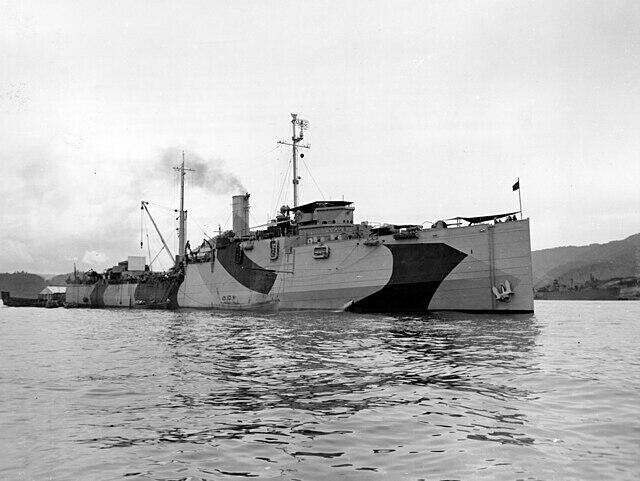
USS Raleigh (CL-7)
Type: Light Cruiser
Returned to Service: February 21, 1942
Damage Sustained: Struck by a torpedo on her portside amidships, she listed drastically, but didn’t sink.
Extent of Repairs: Towed into the Pearl Harbor Navy Yard on December 22, she underwent minor repairs and was ready for service in February 1942, after which she underwent an overhaul.
USS Shaw (DD-373)
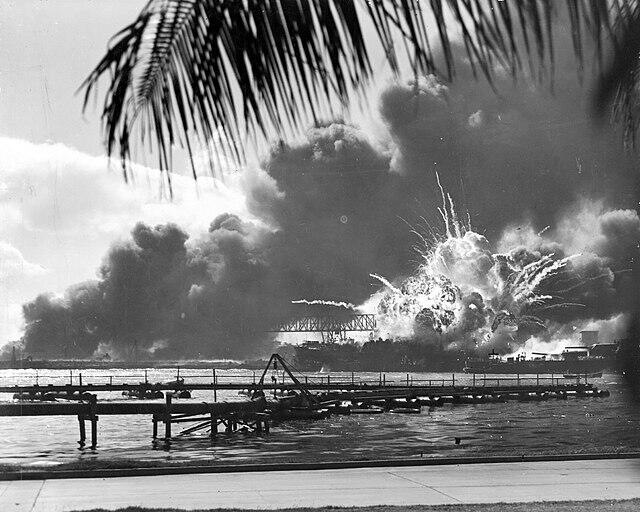
Type: Destroyer
Returned to Service: August 1942
Damage Sustained: Three bombs struck Shaw, hitting her in the forward machine gun platform and the bridge’s port wing. This caused fires to spread and forced the order to abandon ship.
Extent of Repairs: After temporary repairs at Pearl Harbor, Shaw sailed to San Francisco where she received a new bow.
USS Tennessee (BB-43)
Type: Battleship
Returned to Service: February 1942
Damage Sustained: Struck by two armor piercing bombs that partially detonated on the center gun of turret two and roof of turret three. Her stern caught fire when USS Arizona’s magazine exploded.
Extent of Repairs: Following initial repairs at Pearl Harbor, Tennessee sailed to Puget Sound for more extensive work. While working on the turrets and gun compartment, Tennessee received upgraded anti-aircraft guns and a new fire control radar.
USS Vestal (AR-4)
Type: Repair Ship
Returned to Service: August 1942
Damage Sustained: Along with being struck by two bombs, one that hit her port side and penetrated three decks, Vestal suffered fire damage when the nearby USS Arizona exploded.
Extent of Repairs: After assisting in salvage efforts, Vestal was repaired by her own crew.
USS West Virginia (BB-48)
Type: Battleship
Returned to Service: July 1944
Damage Sustained: Along with Arizona and Oklahoma, West Virginia suffered a great deal of damage during the Pearl Harbor attack, taking six torpedo strikes on her port side. One hit her steering gear, three struck below her armor belt, one slammed into the belt, and one exploded on the second deck through a previously-made hole. In addition, two Type 99 No. 80 Mk 5 bombs were dropped on West Virginia. One was recovered on the second deck while the second penetrated the roof of turret three. Neither detonated.
Extent of Repairs: Extensive repairs were required before sending West Virginia into battle, but crews worked as quickly and as efficiently as possible in Pearl Harbor so she could be refloated in May, 1942. With a patch over the hole in her hull, West Virginia was moved to Drydock #1 in June for a better assessment of the damage. During repairs, the remains of 66 sailors were found trapped within the battleship. She underwent additional repairs at Puget Sound Navy Yard, where she also received upgrades to her weapons systems.


